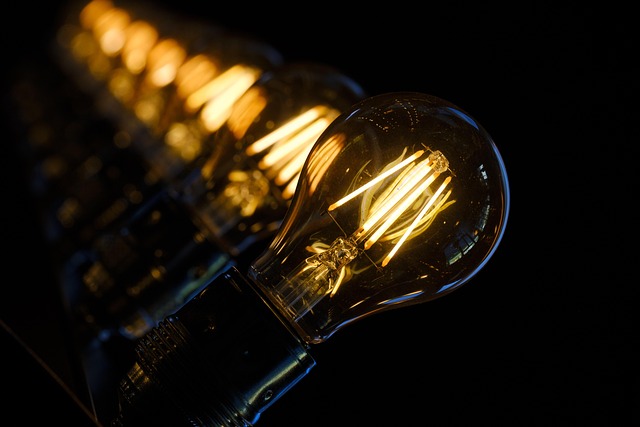Illuminate Your Space: The Ultimate Guide to Effective Scanning Lighting
When it comes to lighting, the atmosphere of a space can be transformed with the right techniques. One method that often goes overlooked is scanning lighting; a strategic approach that enhances both function and ambiance. Whether you’re an artist seeking the perfect lighting for your studio work or a homeowner wanting to highlight architectural features, effective scanning lighting can create dynamic and inviting environments.
Understanding Scanning Lighting
Scanning refers to the technique of distributing light across a surface in a way that highlights texture, detail, and color. This isn’t just about filling a room with light; it’s about creating layers of illumination that draw the eye and add depth. Consider how natural light changes throughout the day—how it dances on surfaces and transforms a room. Scanning replicates this effect artificially, allowing you to harness the emotional responses that good lighting evokes.
Choosing the Right Fixtures
The foundation of effective scanning lighting lies in the fixtures you select. LED strip lights, track lighting, and adjustable spotlights are excellent choices that allow for flexibility in how light is cast across a space. LED strip lights are perfect for adding subtle highlights along walls or under shelves, while track lighting offers adjustable angles to focus on specific areas or artwork. Opt for fixtures that come with dimmable options to help you easily modify the intensity of light based on your mood or time of day.
Placement is Key
To achieve the best effect, the placement of your lights is crucial. Scanning lighting works best when the light source is positioned at various angles to create shadows and highlights, enhancing the natural curvature of surfaces. For example, illuminating a textured wall from below can create a stunning visual effect that brings the material to life. Pay attention to the height and distance of your light sources—experiment with different placements to find the perfect balance that enhances your space without overwhelming it.
Colors and Temperature
Don’t underestimate the impact of color temperature in scanning lighting! Warmer tones (around 2700K) can make a room feel cozy and inviting, ideal for living spaces. On the other hand, cooler tones (from 3500K to 5000K) can create a more energizing and inspiring environment, perfect for workspaces. Using lights with adjustable color temperatures allows you to customize the mood of your space, making it adaptable for various activities and times of day.
Highlighting Features
Are there architectural features you want to emphasize? Use scanning lighting to draw attention to those elements. For instance, uplighting can be used to highlight the grandeur of tall ceilings or unique structural beams. Similarly, accent lighting can be applied to showcase artwork, making it a focal point without detracting from the overall decor. The goal is to allow light to work as a tool—scanning across surfaces—to reveal the beauty of your space.
Layering Light
Effective lighting is rarely achieved with a single source. Layering light through ambient, task, and accent lighting creates a balanced environment. Start with ambient light to fill the space, then add task lighting where necessary—like over reading nooks or kitchen counters. Finally, introduce accent lighting for those sculptural or artistic elements that you wish to scan into the spotlight. This layering not only enhances functionality but also captivates with visual interest.
Final Thoughts
Implementing effective scanning lighting is more than just a design choice; it’s an art form that requires consideration and creativity. As you explore various techniques and options, take note of how the right lighting can evoke feelings and transform your experiences in your environment. When done right, scanning lighting won’t just illuminate your space; it will resonate with your personal style and enhance your everyday life.




